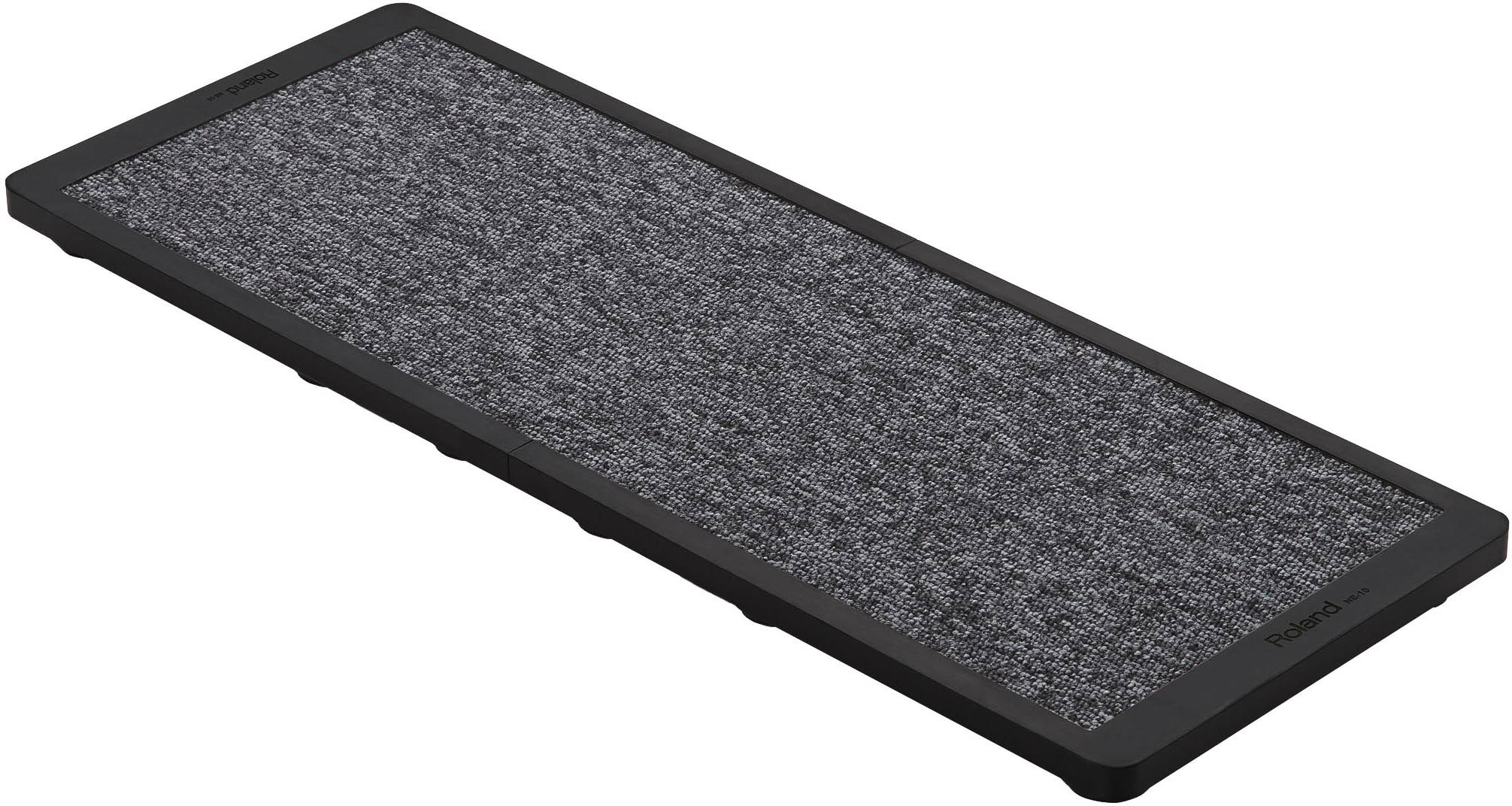Contents

Source: drum-tec · Auf Lager
Understanding Noise Eaters in Laser Technology
Laser technology is pivotal in numerous applications, ranging from industrial manufacturing to scientific research. A critical aspect of maintaining the performance and reliability of laser systems is managing laser noise, specifically intensity noise. This is where noise eaters come into play.
What is a Noise Eater?
A noise eater is a specialized device designed to mitigate intensity noise in a laser beam. Intensity noise refers to fluctuations in the optical power of the laser, which can compromise the precision and effectiveness of laser applications. By utilizing a noise eater, these fluctuations can be minimized, resulting in a more stable laser output.
How Does a Noise Eater Work?
The operation of a noise eater involves the use of an electrically controllable attenuator. This device modulates the laser beam’s power based on a control signal that is derived from either the input or output power of the laser. This control signal is typically obtained through a fast photodiode that measures the power level. When the power is detected to be too high, the attenuation increases, and vice versa, thereby stabilizing the laser power.
Feedback and Feedforward Schemes
There are two primary control schemes utilized in noise eaters: feedback and feedforward. The feedback scheme involves an electronic feedback loop, often of the Proportional-Integral-Derivative (PID) type. This loop continuously adjusts the attenuation based on real-time power measurements, thus ensuring effective noise suppression across a broad bandwidth. In contrast, the feedforward scheme anticipates changes in laser power and adjusts the attenuation preemptively.
Alternative Methods
Aside from using a noise eater, another method to reduce laser noise is through direct laser stabilization techniques. However, these methods may not be suitable for all laser systems. In such cases, a noise eater provides an effective alternative for controlling laser intensity noise without direct intervention in the laser’s internal mechanisms.
Applications and Benefits
Noise eaters are essential in applications where precise laser performance is critical. They are widely used in fields such as telecommunications, medical diagnostics, and materials processing. By ensuring a stable laser output, noise eaters enhance the accuracy and efficiency of these applications, ultimately leading to better results and reduced operational costs.
Conclusion
In summary, noise eaters play a vital role in laser technology by minimizing intensity noise and stabilizing laser output. Whether through feedback or feedforward schemes, these devices offer a reliable solution for maintaining the integrity of laser systems across various applications.

Source: Musikhaus Kirstein
Feel free to comment your thoughts.



